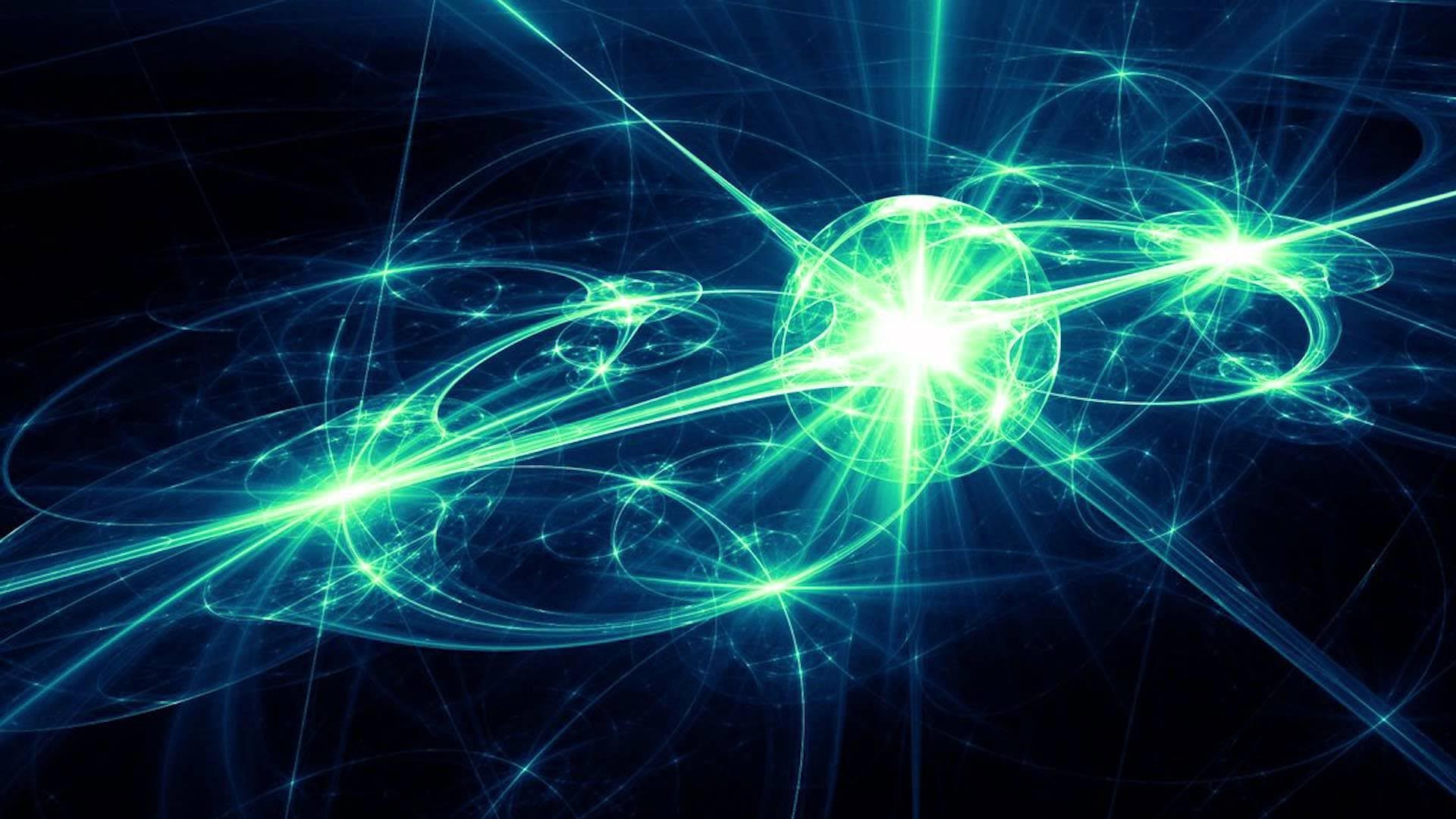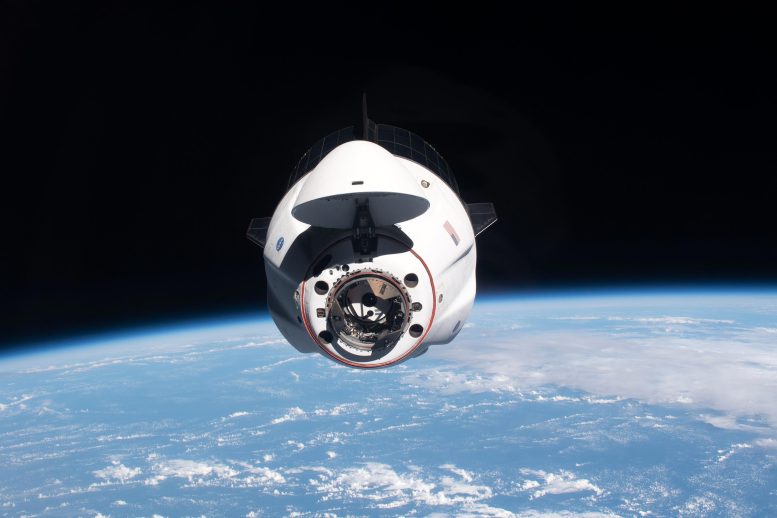
Η μελέτη έδειξε ότι η χρέωση του ψηφιδωτού είναι άμεσο αποτέλεσμα περιβαλλοντικού και βιώσιμου σχεδιασμού ανάπτυξης.
Ο ηλεκτρισμός επαφής (CE) ήταν η πρώτη και μοναδική πηγή ηλεκτρικής ενέργειας της ανθρωπότητας μέχρι περίπου τον δέκατο όγδοο αιώνα, αλλά η πραγματική του φύση παραμένει μυστήριο. Σήμερα, θεωρείται κρίσιμο συστατικό τεχνολογιών όπως εκτυπωτές λέιζερ, διαδικασίες παραγωγής LCD, ηλεκτροστατικές επιστρώσεις, διαχωριστικά πλαστικών για ανακύκλωση και πολλά άλλα, καθώς και ως σημαντικός βιομηχανικός κίνδυνος (βλάβες σε ηλεκτρονικά συστήματα, εκρήξεις σε ανθρακωρυχεία, πυρκαγιές.σε χημικά εργοστάσια) λόγω των ηλεκτροστατικών εκκενώσεων (ESD) που συνοδεύουν το CE. Μια μελέτη του 2008 δημοσιεύθηκε στο ιδιοσυγκρασία φύση Βρήκε ότι στο κενό, τα ESD μιας απλής κολλητικής ταινίας είναι τόσο ισχυρά που παράγουν αρκετές ακτίνες Χ για να τραβήξουν μια εικόνα ακτίνων Χ ενός δακτύλου.
Για μεγάλο χρονικό διάστημα, πιστευόταν ότι δύο υλικά επαφής/ολίσθησης φορτίζονται σε αντίθετες και ομοιόμορφες κατευθύνσεις. Ωστόσο, μετά το CE, ανακαλύφθηκε ότι και οι δύο ξεχωριστές επιφάνειες φέρουν φορτία και (+) και (-). Ο σχηματισμός του λεγόμενου μωσαϊκού φορτίου έχει αποδοθεί στην εμπειρία της εγγενούς ετερογένειας των υλικών σε επαφή ή στη γενική «τυχαία φύση» του CE.
Μια ερευνητική ομάδα, με επικεφαλής τον καθηγητή Bartosz A. Grzybowski (Τμήμα Χημείας) του Κέντρου Μαλακών και Ζωντανών Υλικών, στο Ινστιτούτο Βασικών Επιστημών (IBS) στο Ulsan National Institute of Science and Technology (UNIST) Έχει ερευνήσει πιθανές πηγές αποστολής μωσαϊκού για περισσότερο από μια δεκαετία. Η μελέτη αναμένεται να βοηθήσει στον έλεγχο των δυνητικά επιβλαβών ηλεκτροστατικών εκκενώσεων και δημοσιεύτηκε πρόσφατα στο περιοδικό
“In our 2011 Science paper, we showed sub-micrometer-scale charge non-uniformity of unknown origin. At that time, our hypothesis was to attribute these (+/-) mosaics to the transfer of microscopic patches of materials between the surfaces being separated. However, over many years of work on the problem, this and related models were simply not holding up, as it was gradually becoming unclear to us (and many other colleagues with whom we discussed) how these microscopic patches can explain even millimeter-scale regions of opposite polarity coexisting on the same surface. Nonetheless, we and the community had no better answer why the (+/-) mosaics are seen at all and over so many length scales,” says Professor Grzybowski.

Figure 1. Charge mosaics on contact-charged dielectrics. (a) In a conventional view, two electrically neutral materials (grey) are brought into contact and then separated charge uniformly (lower left), one positive (red) and one negative (blue). In an alternative scenario (lower right), each surface develops a highly non-uniform ‘charge mosaic’ with neighboring domains of opposite charge polarities. (b) Collage of charge mosaics reported in the literature (the years and scale bars are indicated). Credit: UNIST
In the paper published recently in Nature Physics, the group of Professor Grzybowski shows that charge mosaics are a direct consequence of ESD. The experiments demonstrate that between delaminating materials the sequences of “sparks” are created and they are responsible for forming the (+/-) charge distributions that are symmetrical on both materials.
“You might think that a discharge can only bring charges to zero, but it actually can locally invert them. It is connected with the fact that it is much easier to ignite the ‘spark’ than to extinguish it,” says Dr. Yaroslav Sobolev, the lead author of the paper. “Even when the charges are reduced to zero, the spark keeps going powered by the field of adjacent regions untouched by this spark.”
The proposed theory explains why charge mosaics were seen on many different materials, including sheets of paper, rubbing balloons, steel balls rolling on Teflon surfaces, or polymers detached from the same or other polymers. It also hints at the origin of the crackling noise when you peel off a sticky tape – it might be a manifestation of the plasma discharges plucking the tape like a guitar string. Presented research should help control the potentially harmful electrostatic discharges and bring us closer to a true understanding of the nature of contact electrification, noted the research team.
References: “Charge mosaics on contact-electrified dielectrics result from polarity-inverting discharges” by Yaroslav I. Sobolev, Witold Adamkiewicz, Marta Siek and Bartosz A. Grzybowski, 8 September 2022, Nature Physics.
DOI: 10.1038/s41567-022-01714-9
“Correlation between nanosecond X-ray flashes and stick-slip friction in peeling tape” by Carlos G. Camara, Juan V. Escobar, Jonathan R. Hird and Seth J. Putterman, 23 October 2008, Nature.
DOI: 10.1038/nature07378
“The mosaic of surface charge in contact electrification” by H. T. Baytekin, A. Z. Patashinski, M. Branicki, B. Baytekin, S. Soh and B. A. Grzybowski, 23 June 2011, Science.
DOI: 10.1126/science.1201512





